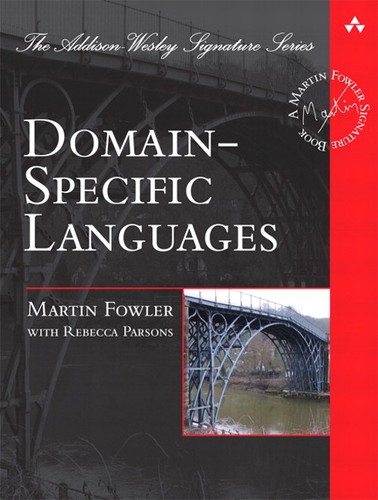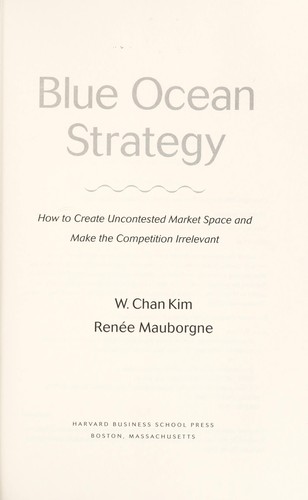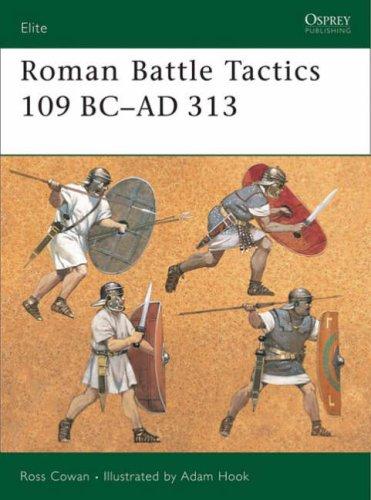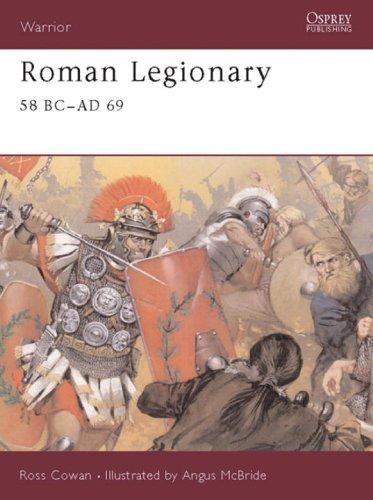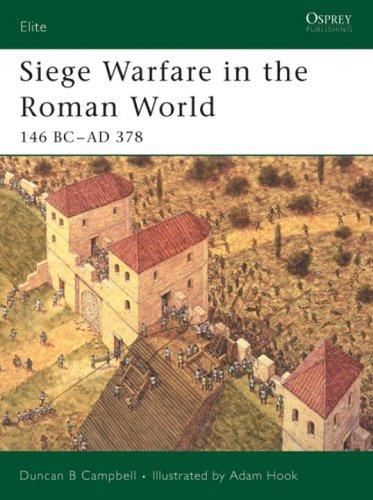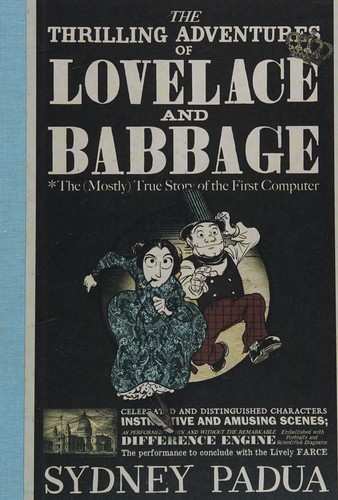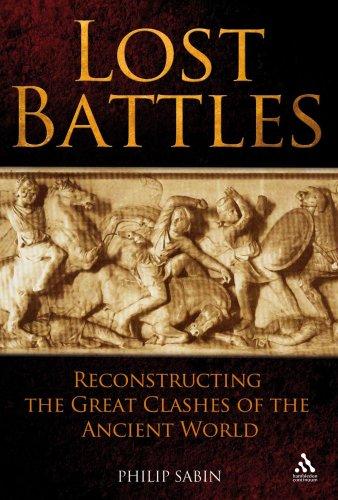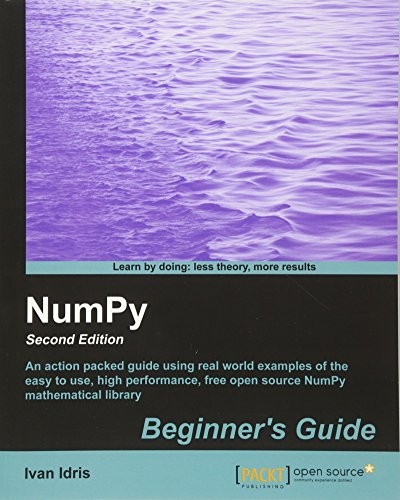I got a review copy of NumPy Beginner’s Guide – Second Edition from Packt Publishing. The book is relatively thick, a bit over 300 pages and packed with content.
As usual with Packt books, it starts by introducing the tools and giving detailed instructions on installing them, before diving into actual subject. The book starts easy, teaching how to create arrays and manipulate vectors. Soon more concepts are introduced starting from slicing and ending to SciPy. There is even a chapter about testing, which I found especially interesting to read.
I liked how there are pop quizzes to help the reader to check if he understood what he just read. They aren't really hard, but still quite fun. Layout of the book is clear and makes the books easy to read. There are plenty of examples and graphs in the book that help to explain the concepts.
The book is …
Reviews and Comments
Just your average reader. I like history, fantasy and science fiction.
This link opens in a pop-up window
Tuula rated How Google tests software: 4 stars
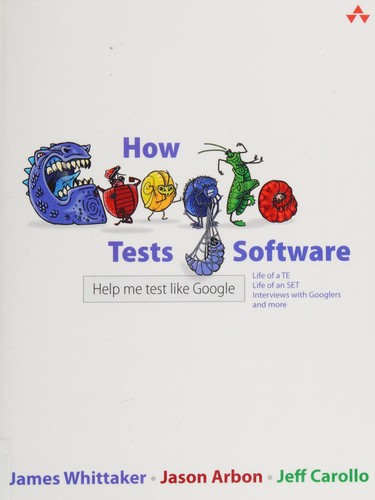
How Google tests software by James A. Whittaker
Hundreds of millions of lines of code distributed across billions of source files. Billions of build actions prompting millions of …
Tuula rated Blue ocean strategy: 1 star
Tuula rated Sodankäynnistä: 5 stars

Carl von Clausewitz: Sodankäynnistä (Finnish language, 2009)
Sodankäynnistä by Carl von Clausewitz
Vom Kriege (German pronunciation: [fɔm ˈkʁiːɡə]) is a book on war and military strategy by Prussian general Carl von Clausewitz …
Tuula rated The mind's I: 5 stars
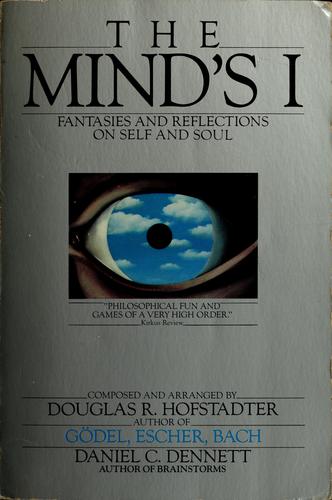
The mind's I by Douglas R. Hofstadter, Daniel C. Dennett
With contributions from Jorge Luis Borges, Richard Dawkins, John Searle, and Robert Nozick, The Mind's I explores the meaning of …
Tuula rated Roman Centurions 31 BC - AD 500: 5 stars
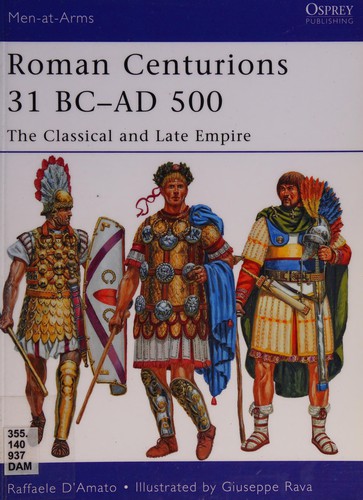
Roman Centurions 31 BC - AD 500 by Raffaele D'Amato (Men-at-Arms -- 479)
Tuula rated Roman Centurions 753-31 BC: 5 stars
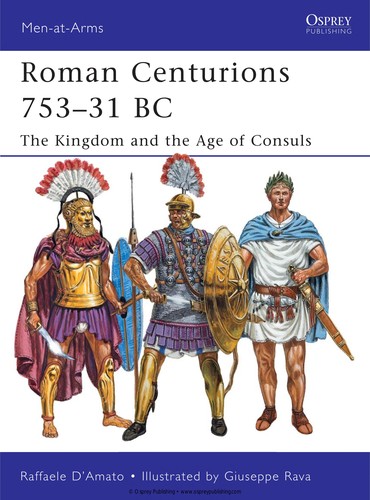
Roman Centurions 753-31 BC by Raffaele D'Amato (Men-at-arms -- 470)
Tuula rated Roman Battle Tactics 109BC-AD313: 4 stars
Tuula rated Roman Legionary 58 BC-AD 69: 4 stars
Tuula rated Siege Warfare in the Roman World: 4 stars
Tuula rated Thrilling Adventures of Lovelace and Babbage: 4 stars
Tuula rated Lost Battles: 3 stars
Tuula reviewed NumPy Beginner's Guide - Second Edition by Ivan Idris
Review of "NumPy Beginner's Guide - Second Edition" on 'Goodreads'
4 stars
I got a review copy of NumPy Beginner’s Guide – Second Edition from Packt Publishing. The book is relatively thick, a bit over 300 pages and packed with content.
As usual with Packt books, it starts by introducing the tools and giving detailed instructions on installing them, before diving into actual subject. The book starts easy, teaching how to create arrays and manipulate vectors. Soon more concepts are introduced starting from slicing and ending to SciPy. There is even a chapter about testing, which I found especially interesting to read.
I liked how there are pop quizzes to help the reader to check if he understood what he just read. They aren't really hard, but still quite fun. Layout of the book is clear and makes the books easy to read. There are plenty of examples and graphs in the book that help to explain the concepts.
The book is very suited for a person who is not familiar with NumPy and wants to learn it. It covers lot of ground in sufficient detail. I felt that reading this book was good investment of time and enjoyed it.
The book is available at Packt Publishing: www.packtpub.com/numpy-mathematical-2e-beginners-guide/book
Tuula reviewed TeamCity 7 Continuous Integration by Volodymyr Melymuka
Review of 'TeamCity 7 Continuous Integration' on 'Goodreads'
4 stars
I got a review copy of TeamCity 7 Continuous Integration Essentials by Volodymyr Melymuka from Packt Publishing (www.packtpub.com/teamcity-7-continous-integration-essentials/book) recently and I must say that it was pretty captivating to read (finished it in an evening and planning to read it again after digesting a bit). The book is about setting up TeamCity 7 for continuous integration (a subject close to my heart). While it does not go really deep into technical details, it serves as a good starting point for getting started with TeamCity 7.
The book starts by describing continuous integration and some other basic terms and concepts and continues into architecture of TeamCity and build lifecycle. These form the foundation for rest of the book as the author takes us through setting up the TeamCity and a sample project that is used to showcase how unit tests are handled and how code coverage metrics can be …
I got a review copy of TeamCity 7 Continuous Integration Essentials by Volodymyr Melymuka from Packt Publishing (www.packtpub.com/teamcity-7-continous-integration-essentials/book) recently and I must say that it was pretty captivating to read (finished it in an evening and planning to read it again after digesting a bit). The book is about setting up TeamCity 7 for continuous integration (a subject close to my heart). While it does not go really deep into technical details, it serves as a good starting point for getting started with TeamCity 7.
The book starts by describing continuous integration and some other basic terms and concepts and continues into architecture of TeamCity and build lifecycle. These form the foundation for rest of the book as the author takes us through setting up the TeamCity and a sample project that is used to showcase how unit tests are handled and how code coverage metrics can be collected.
Setting up, configuring and maintaining the TeamCity server and build agents is described in sufficient detail and pointers are given to where to find more information. The end of the book is used to wrap up with more advanced techniques, like remote run, where TeamCity can be used to verify changes before committing them into source control.
I was really happy how down the earth the book is. The author does not feel need to make things complicated or complex, but explains them in a way that is easy to understand. This does not mean that he would be glossing over the details though. Everything is explained in sufficient detail.
The book is good purchase if you don’t have previous experience with setting up and administering TeamCity server. The book also covers TeamCity 7 from point of view of Windows, Linux and Macintosh, making it a good source of information regardless of the operating system in use. The book is relatively short, slightly over 100 pages, so reading through it will not take a long time.

